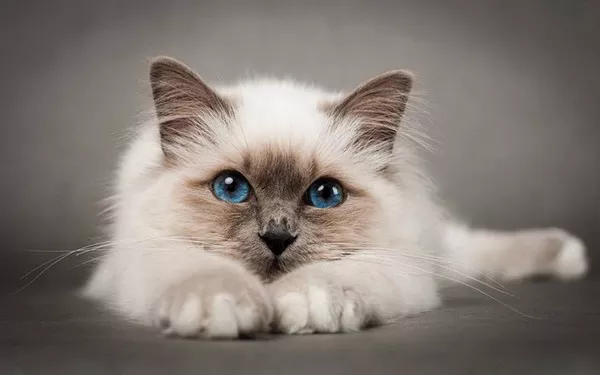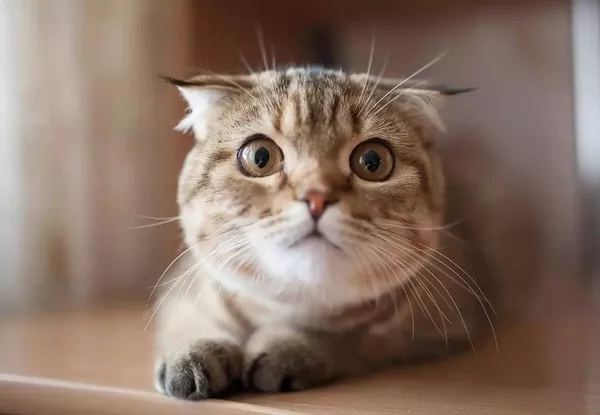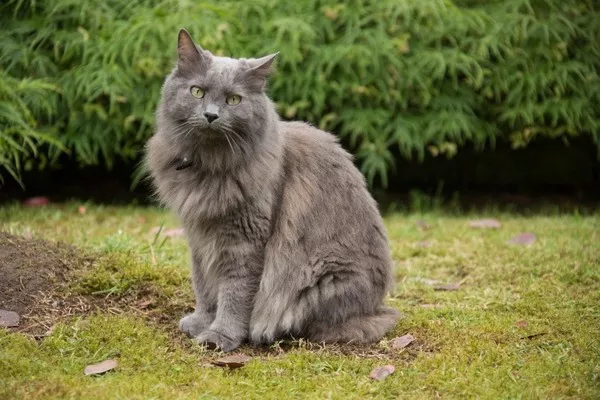Calico cats, with their distinctive tricolor coats, have long captured the hearts of cat enthusiasts. Beyond their striking appearance, one notable trait stands out—these felines are often chatterboxes. Cat owners frequently find themselves wondering, “Why do Calico cats talk so much?” In this article, we’ll delve into the unique vocal tendencies of Calico cats, exploring the reasons behind their expressive nature and what it signifies about their personalities.
Understanding the Calico Cat
Before delving into the talkative nature of Calico cats, it’s essential to understand what makes these felines distinct. Calico cats are not a specific breed but rather a coat pattern characterized by a mix of three colors—white, black, and orange or ginger. This distinctive combination results from a genetic phenomenon, making Calico cats visually appealing and easily recognizable.
The Nature of Calico Cat Vocalization
Calico cats are renowned for their talkative dispositions, often engaging in a wide range of vocalizations. From meows and purrs to chirps and trills, these felines express themselves in various ways. Understanding the reasons behind their vocal nature requires delving into both innate characteristics and environmental influences.
Genetic Predisposition: A Vocal Heritage
The genetic makeup of Calico cats may play a significant role in their talkative behavior. While coat patterns are not directly linked to vocalization, certain breeds that commonly exhibit the Calico pattern, such as the American Shorthair or Japanese Bobtail, are known for their communicative nature. It’s plausible that the genetic traits responsible for the distinctive coat may also influence vocal tendencies.
Individual Personality Variations
Just as in humans, each Calico cat has a unique personality. Some may be more reserved, while others are extroverted and expressive. The correlation between coat color and temperament is a topic of ongoing research, but anecdotal evidence suggests that Calico cats, as a group, tend to be more vocal than cats with different coat patterns.
Social Interaction and Communication
Cats, in general, use vocalization as a means of communication. Calico cats, being social creatures, may engage in more vocal exchanges to express themselves within their feline social structure. Meowing, purring, and other vocalizations serve as tools for communication with their owners, fellow cats, and even other animals in their environment.
Expressing Emotions Through Sound
Calico cats may talk more when they are experiencing heightened emotions. This could include excitement, anxiety, or a desire for attention. Understanding the context of their vocalizations can provide valuable insights into their emotional state. For example, a Calico cat might meow enthusiastically when it sees its owner, expressing joy and anticipation.
Calico Cats and Environmental Stimuli
Environmental factors can also influence a Calico cat’s vocalization patterns. Changes in the surroundings, the presence of other animals, or even alterations in daily routines may prompt increased chatter. Calico cats might use vocalization to convey their reactions to these environmental stimuli or to seek reassurance from their owners.
Maternal Instincts and Protective Vocalizations
Female Calico cats, in particular, may exhibit heightened vocalization during their maternal instincts. A mother cat may use specific vocalizations to communicate with her kittens or to express protective instincts. Understanding these maternal vocal cues can deepen the bond between a Calico cat and its owner.
Health Considerations and Vocalization
Sometimes, excessive vocalization in Calico cats could be an indication of underlying health issues. Cats may use meowing to signal discomfort, pain, or illness. If a Calico cat’s vocalization patterns change suddenly or become more frequent, it’s advisable to consult with a veterinarian to rule out any potential health concerns.
Training and Reinforcement
The relationship between a Calico cat and its owner plays a crucial role in the cat’s vocal behavior. Owners who respond positively to their cat’s vocalizations may inadvertently reinforce and encourage more talkative behavior. Understanding the principles of positive reinforcement can help shape a Calico cat’s behavior without stifling its natural tendencies.
Conclusion: Celebrating the Chatter of Calico Companions
In conclusion, the talkative nature of Calico cats is a fascinating aspect of their personalities. From genetic predispositions to individual variations, environmental influences, and the dynamics of their social interactions, a multitude of factors contribute to the vocal charm of these tricolored felines. Embracing and understanding the reasons behind a Calico cat’s chattiness can enhance the bond between owners and their vibrant, expressive companions.
So, the next time your Calico cat engages in a lively conversation, revel in the uniqueness of this delightful feline characteristic.
Related Topics:
Are Calico Cats Good House Cats?
How many babies can a calico cat have?
How Much Does a Female Calico Cat Cost? 2023 Price Guide


























